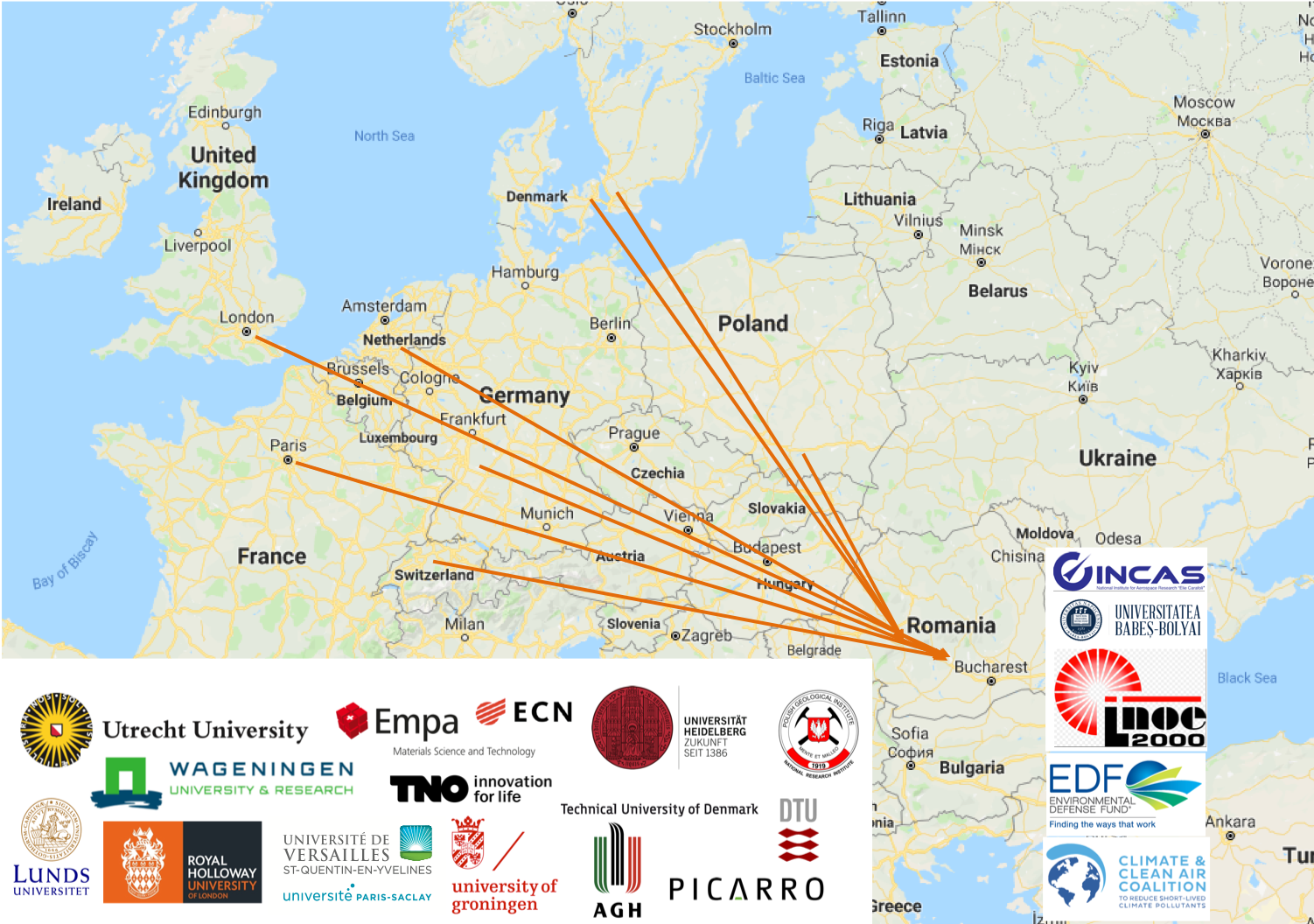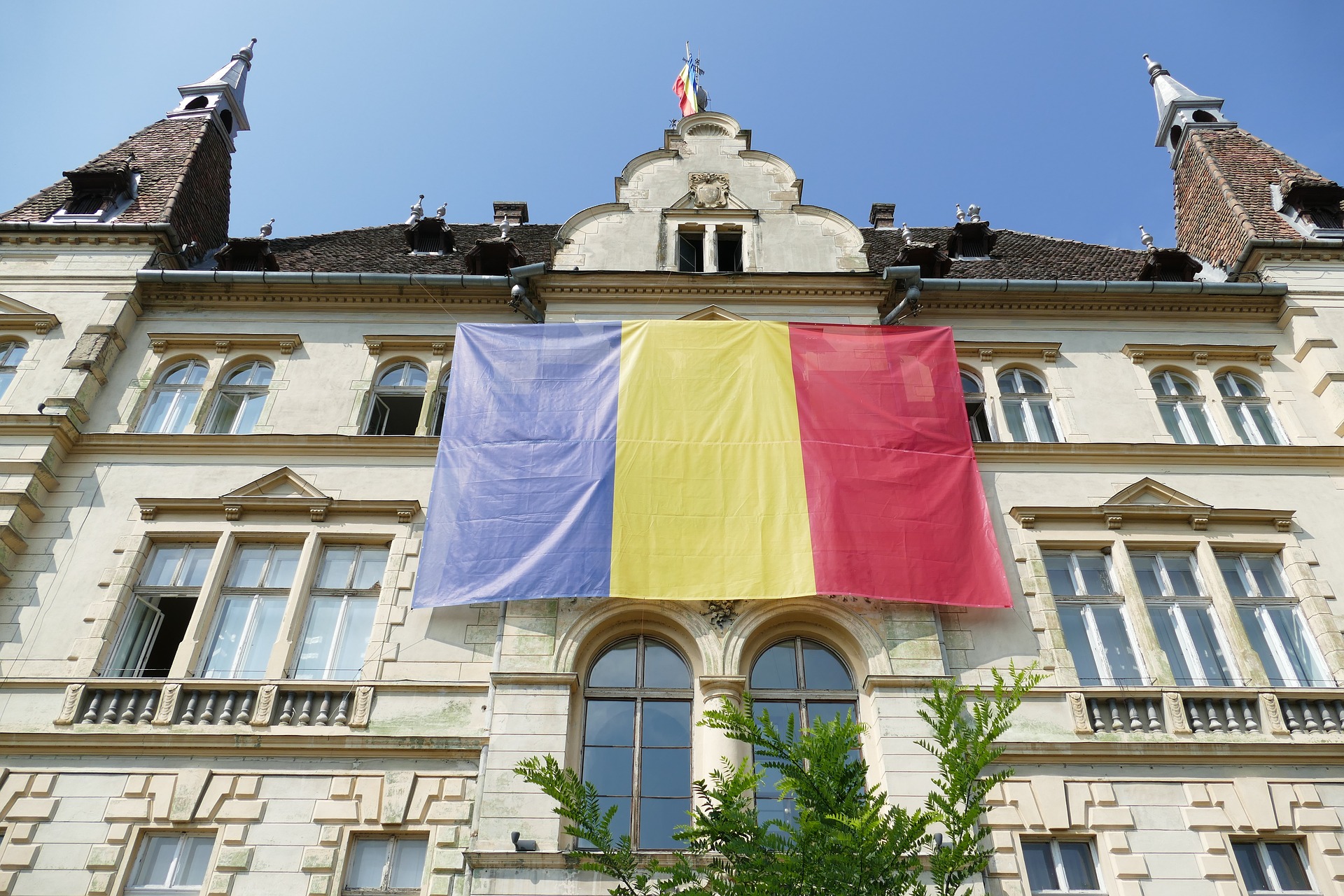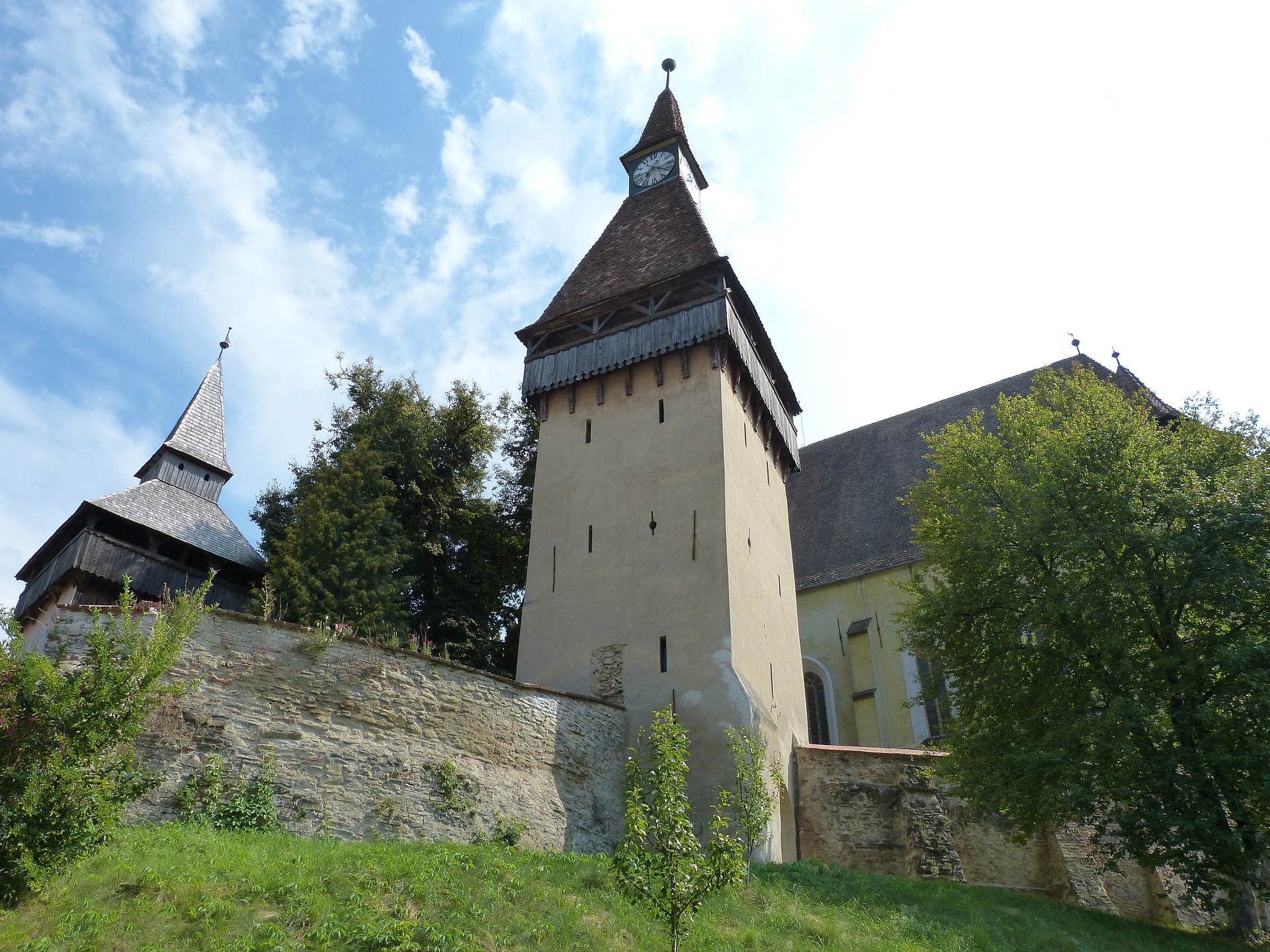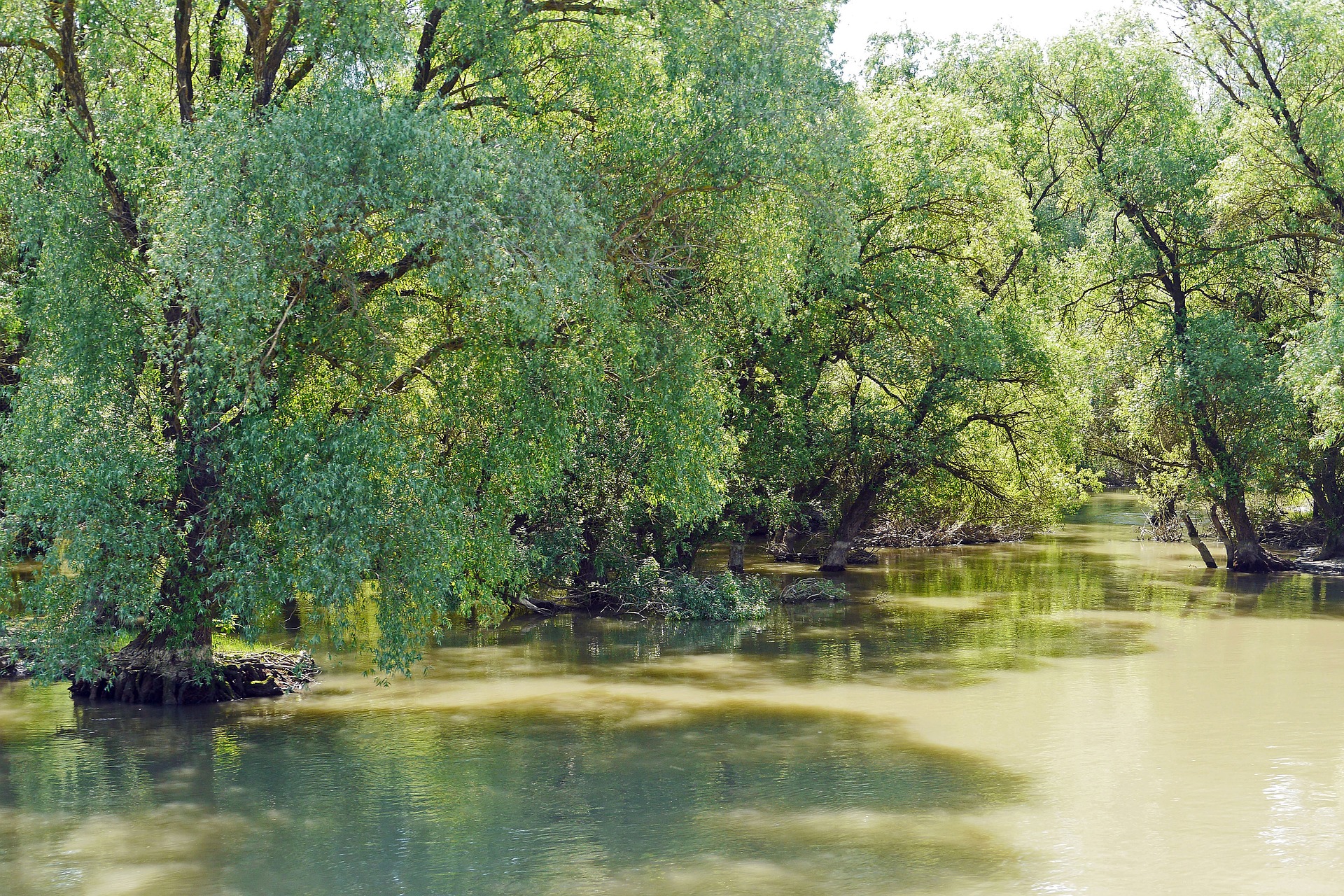ROMEO – or MEMO2 goes East
Within MEMO2, most of our measurement activities are taking place close to where our students are. They are widely distributed over Europe and measuring a lot. But there is more! Next to the joint CoMET campaign last year in Poland (https://h2020-memo2.eu/2018/06/25/memo2-at-comet/) we are happy that we have now the opportunity to organise a huge measurement campaign in Romania, funded through the Climate and Clean Air Coalition (CCAC) international methane science studies (https://www.ccacoalition.org/en/activity/oil-and-gas-methane-science-studies), administered through the United Nations Environment Program.
But why there? What makes this place so interesting to investigate CH4?
According to UNFCCC statistics, Romania is one of the European countries that reported highest emissions of CH4 from the oil and gas sector to the atmosphere, in particular related to CH4 production and end use (see Figure 1). However, the estimates reported by Romania are derived using non-country-specific emission factors (for the modelers: Tier 1 emission factors), and there are only very few observations which investigate whether the reported emissions are realistic.
 |
|
Figure 1: Detailed CH4 emissions from the Oil & Gas sector for selected countries for 2015 based on the TNO GHGv1.1 inventory. The TNO GHGv1.1 inventory is a recent inventory prepared by TNO in support of the H2020 projects VERIFY and CHE. The methane emissions shown here are based on the National Inventory Reports for 2015 submitted to UNFCCC in 2017. The X axis shows Germany, UK, Italy, Netherlands, Norway, Poland, Romania. Note that emissions from coal production are not shown. The Y axis shows the CH4 emissions in kilo tons per year. |
Such measurements will be provided by our campaign, which we call ROMEO (ROmanian Methane Emissions from Oil & gas). They will result in a better experimental quantification of CH4 emissions from the oil and gas sector in Romania and can help in devising emission mitigation strategies. This is an important issue, not only in this region but globally. If we want the Paris Agreement to succeed and reduction policies being realistic, we urgently need a much better knowledge and much more accurate budgets combining bottom-up and top-down quantification (Nisbet et al. 2019), which is the main goal of our joint campaign in Romania: contributing to those quantifications by not only inventory statistics but quantification on a national and local scale.
 |
|
Figure 2: participants of ROMEO |
In fall we will start the main part of ROMEO, three weeks to get lots of data! 12 research institutes from 9 EU countries, one US American team and three leading Romanian research institutes, namely the National Institute for Aerospace Research “Elie Carafoli” (INCAS), the National Institute of research and development for optoelectronics (INOE), and the Babeș-Bolyai University in Cluj-Napoca are involved. Our main objective is to quantify CH4 emissions from individual oil and gas production facilities, as well as the integrated CH4 emission of production basins by atmospheric measurements. Additional to this we will measure the CH4 emissions in Bucharest, comparable to what we are doing in other European cities such as London, Paris or Hamburg. This part of ROMEO will already take place in August due to logistical reasons.
The information about CH4 emissions we expect from ROMEO are relevant for future climate mitigation policy in Romania and also in the EU with respect to the goals of the 2015 UNFCCC Paris agreement. So, we are really looking forward to the campaign and its results!
Follow us during the campaign on Twitter or Instagram, or the related blogs below (which we will start publishing soon). Until than, below some Romanian UNESCO World Heritage Sites.
We will keep you updated,
The ROMEO team
 |
 |
 |
 |

